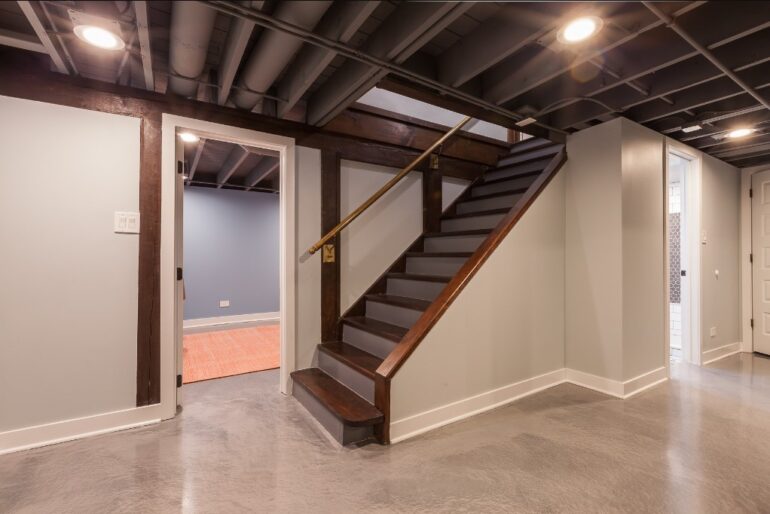
Basements can be a valuable addition to any home, offering extra space for storage, living, or recreational activities. However, they are also prone to dampness and the unpleasant odors that accompany it.
A musty, damp smell in your basement is not just uncomfortable; it can also signify more serious issues like mold growth and structural damage. Fortunately, there are several effective strategies to eliminate these odors and prevent their return, ensuring your basement remains a fresh and usable space.
Understanding the Causes of Damp Smells
It’s crucial to understand what causes damp smells in the basement. These odors typically result from the presence of mold and mildew, which thrive in moist, dark environments. Basements are particularly susceptible due to their below-ground location, where sunlight is scarce, and humidity levels can be high.
Another contributing factor is poor ventilation, which traps stale air and moisture, creating an ideal breeding ground for mold and mildew. Additionally, external water sources, such as rainwater or groundwater seeping through cracks in the foundation, can increase the basement’s dampness, exacerbating the problem.
Identifying the specific cause of the damp smell in your basement is the first step toward remediation. Once the source is pinpointed, you can take targeted actions to address the issue, whether it involves improving ventilation, repairing leaks, or controlling humidity levels.

Practical Solutions for Removing Damp Smells
One of the most effective ways to combat damp smells is by enhancing the ventilation and airflow in your basement. Opening windows and using fans can help circulate fresh air and reduce moisture levels.
For basements without windows, installing exhaust fans or a dehumidifier can be particularly effective in removing stale, humid air and replacing it with drier air from outside or other parts of the house.
Additionally, incorporating advice from foundation and basement waterproofing by Moe into your routine can significantly bolster these efforts. This method provides an added layer of protection against moisture, ensuring that the work done to improve ventilation and airflow has a lasting impact by preventing water intrusion from the outset.
Water intrusion is a common culprit behind damp smells in the basement. Inspecting your basement for signs of leaks or seepage and repairing any issues can prevent moisture from accumulating. This includes sealing cracks in the walls and floor, as well as ensuring that gutters and downspouts are clear and directing water away from your home’s foundation.
Regular cleaning and maintenance are crucial in eliminating and preventing damp smells. This includes thoroughly cleaning and drying any areas affected by mold or mildew. Non-porous surfaces can be cleaned with a solution of water and mild detergent, while porous materials may need to be replaced if they are severely contaminated.
Additionally, maintaining a regular cleaning schedule for your basement can prevent the accumulation of dust and debris, which can absorb and retain moisture. Ensuring that storage items are kept off the floor and properly organized can also improve airflow and reduce the potential for mold growth.

Conclusion
By understanding the causes of damp smells and implementing these practical solutions, you can transform your basement into a fresher, more pleasant space. Not only does this enhance the comfort and usability of your home, but it also protects against potential health risks and structural damage associated with moisture and mold.
